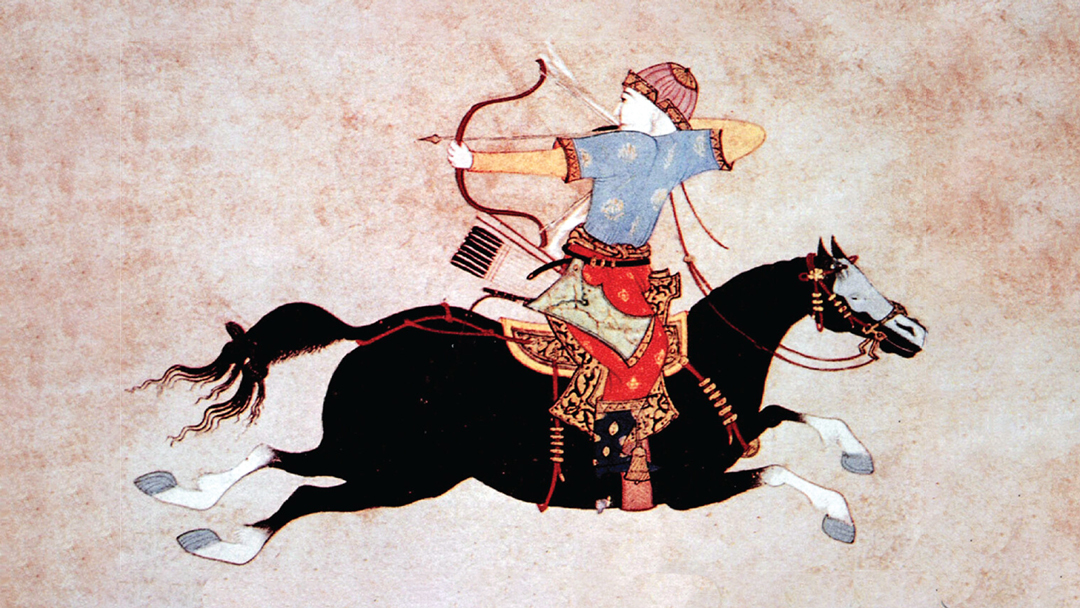
The horse has transformed human history. Through its speed, it enabled the crossing of vast distances in record time; through its power, it ushered in a new era in the art of war, first with chariots, then with cavalry. In recent years, the sequencing of ancient genomes has significantly deepened our understanding of its history, identifying the steppes of the Don and Volga river basins as the cradle of its domestication in the mid–3rd millennium BCE. However, the genetic foundations that turned the wild horse into a valuable ally of humans remained largely unknown. A new study, led by Xuexue Liu and Ludovic Orlando at the Centre for Anthropobiology and Genomics of Toulouse (CAGT) and published today in Science, reveals a key mutation for the rise of horse-based mobility in human societies.
Researchers searched the horse genome for signatures of selection corresponding to the choices made by early breeders, especially those that suddenly became frequent right at the time of domestication, around 4,700 to 4,200 years ago. Their database, comprising hundreds of ancient genomes, proved essential. One mutation near the GSDMC gene stood out: extremely rare before domestication, it became nearly universal in horses just before their expansion across Eurasia. The researchers, in collaboration with Professor Jiang Lin from the Institute of Animal Science (Beijing, China), investigated the effects of this mutation and others associated with it. In horses, these mutations modify gene expression and body conformation. In mice, inactivation of the gene results in a flatter spine, stronger muscular strength, and better motor coordination. A modification of the GSDMC gene would thus have promoted a spinal structure more suitable for riding, playing a decisive role in the emergence of equine mobility and horse-riding civilizations.
But GSDMC is only one piece of the puzzle. Thirteen other mutations identified in this study also contributed to shaping our shared history with the horse. One of them, selected even earlier, may have influenced behavior, perhaps making horses more docile and responsive to human interaction. Others affected physical appearance: for example, genetic variants linked to increased size were selected as early as the Iron Age, following the emergence of cavalry, and continued to be favored throughout Antiquity and the Middle Ages. Finally, the study reveals that many mutations selected over the centuries have yet to be discovered. The quest to understand how humans transformed the horse—and how the horse transformed humanity—is far from over.
This work was conducted as part of the ERC PEGASUS and Horsepower projects, the MSCA-IF HOPE fellowship, the PRC Horsebackriding, the IRP AnimalFarm, and the National Natural Science Foundation of China.
Link:https://www.science.org/doi/epdf/10.1126/science.adp4581


